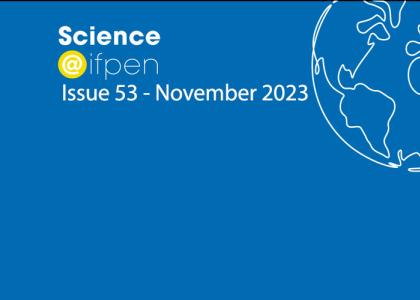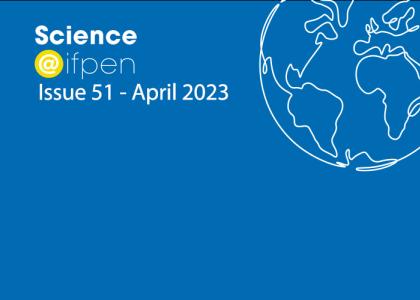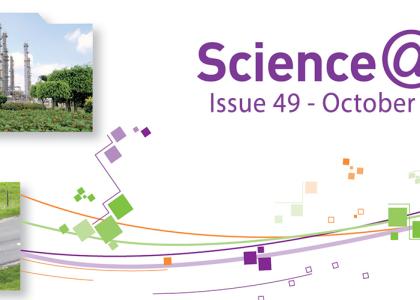Inside porous materials, physico-chemical phenomena such as matter transport, catalytic reactions and capillary effects are strongly influenced by the geometry of the pore networks, i.e., the degree of porosity, the distribution of pore sizes and their connectivity. (....) IFPEN and Saint Gobain Research Provence decided to tackle the problem differently, by exploring a new numerical approach...









